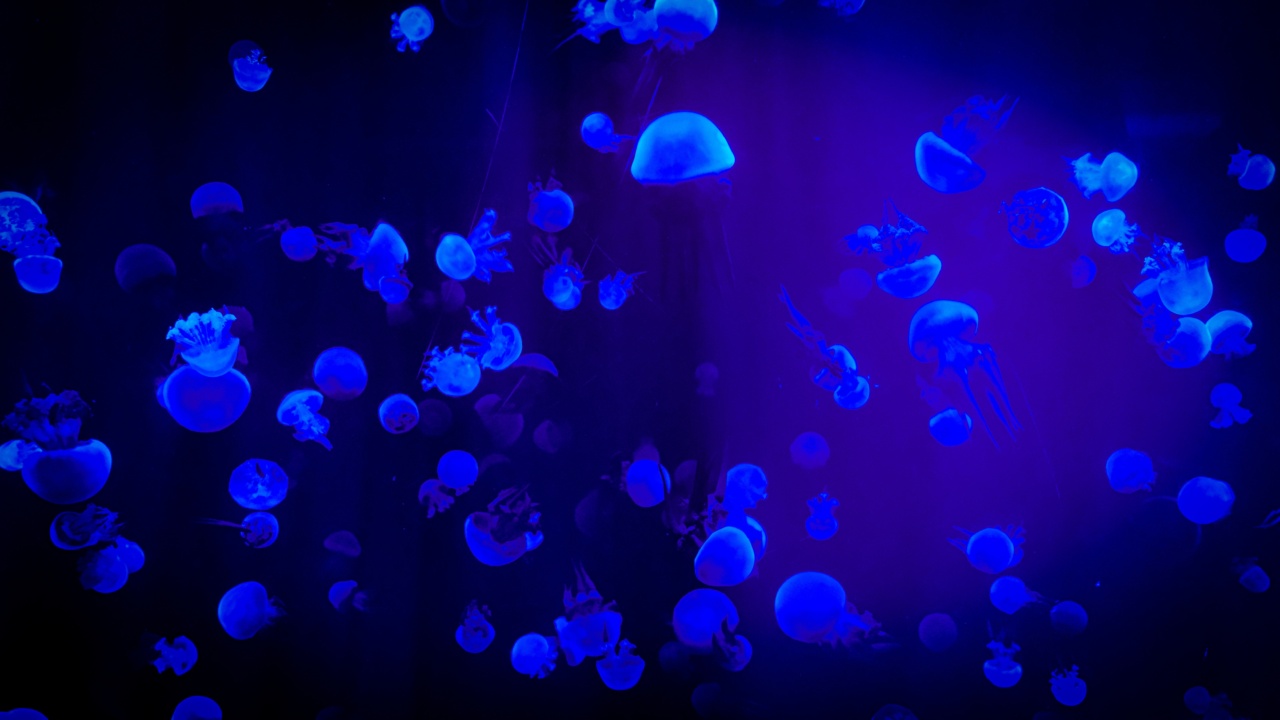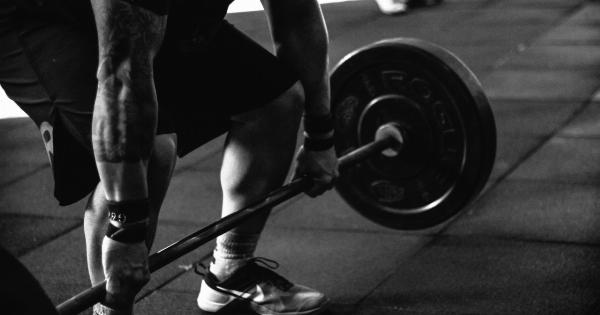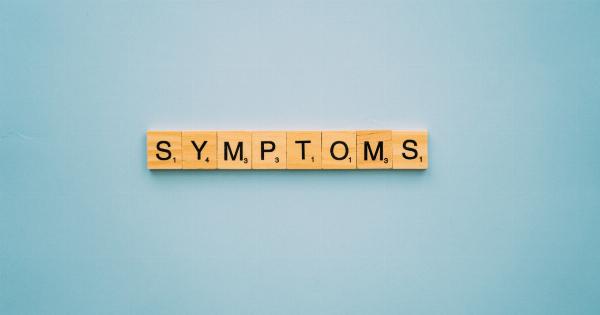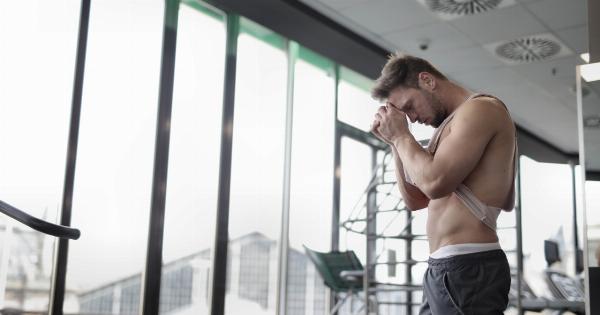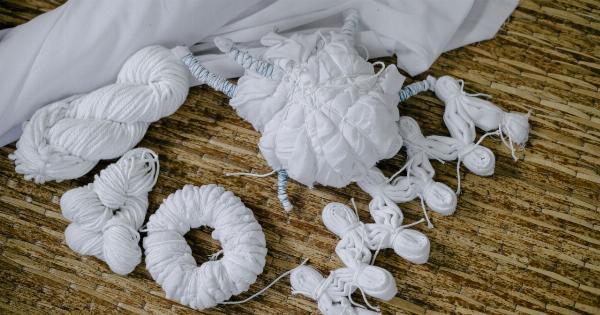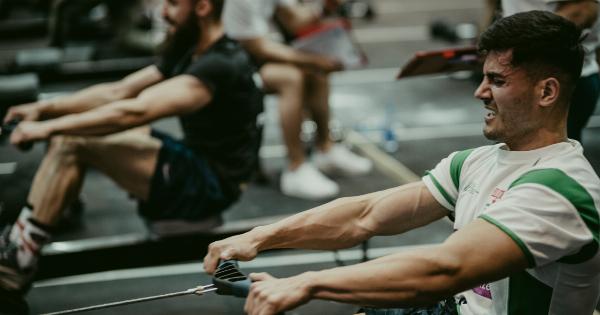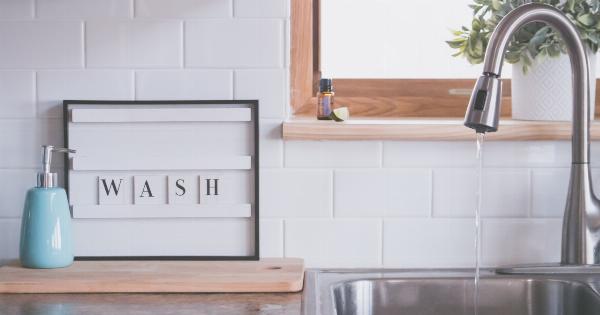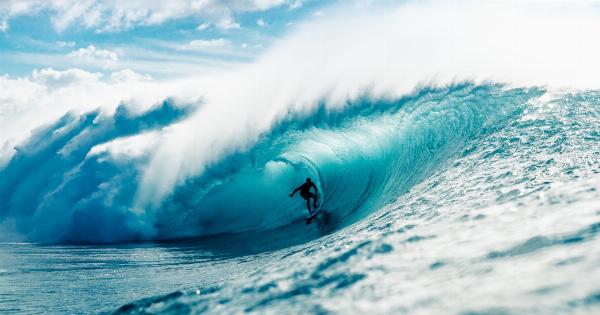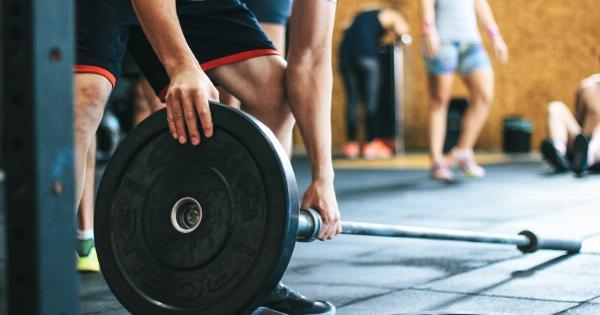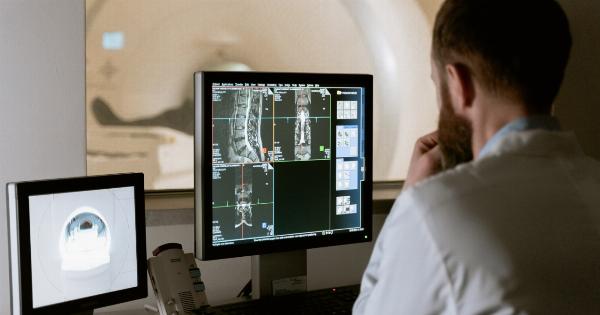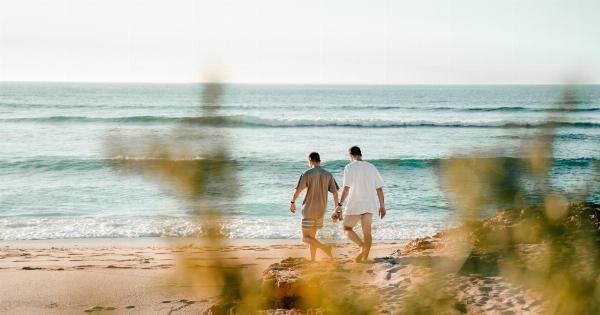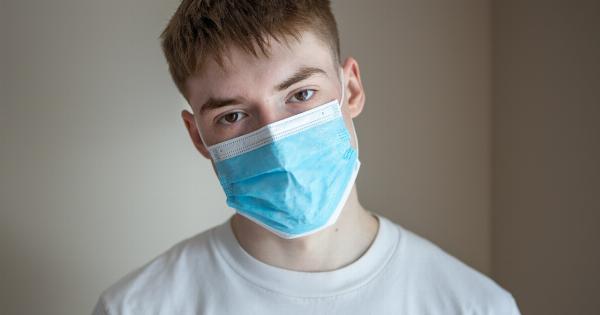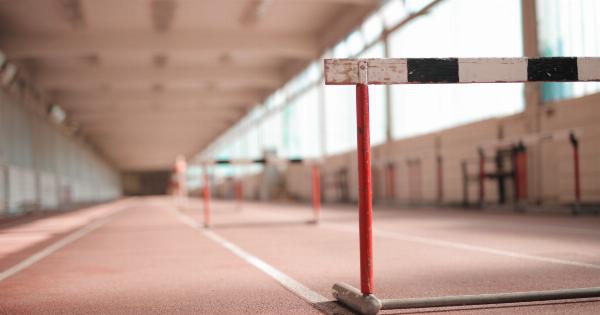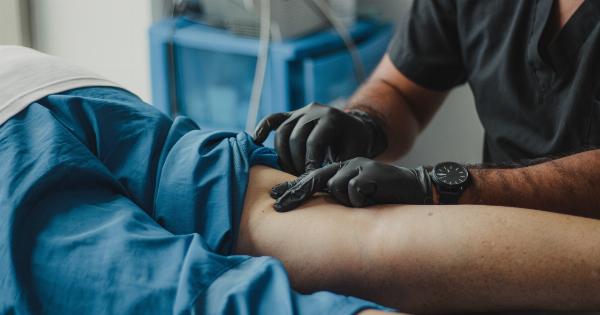Swimming is a low-impact and effective form of exercise that can help improve cardiovascular health, balance, and muscle strength.
However, many swimmers experience cramps during their swim sessions, which can cause discomfort, poor performance, or even injury. In this article, we will explore the science behind swimming cramps, including the causes, prevention, and treatment options.
What are swimming cramps?
Swimming cramps are involuntary and sudden muscle contractions that can occur during or after a swim workout. These cramps can affect any muscle group, but they commonly occur in the legs, feet, and abdomen.
In some cases, swimming cramps can be mild and short-lived, while in other cases, they can be severe and persistent, requiring medical attention.
Swimming cramps can happen to both amateur and professional swimmers, and they can occur at any age and fitness level.
Causes of swimming cramps
Swimming cramps can be caused by several factors, including:.
Dehydration
Dehydration is one of the most common causes of swimming cramps. When you swim in a pool or open water, your body loses fluids through sweating and breathing, which can lead to dehydration if you do not drink enough water to replace the lost fluids.
Dehydration can cause imbalances in your electrolyte levels, which can trigger muscle cramps.
Electrolyte imbalances
Electrolytes are minerals that help regulate the electrical activity of your muscles and nerves, including sodium, potassium, calcium, and magnesium.
When you swim, you may lose electrolytes through sweating and breathing, which can cause imbalances in your body’s mineral levels. An imbalance of electrolytes, especially low levels of sodium or magnesium, can lead to muscle cramps.
Muscle fatigue
Swimming involves repetitive and continuous movements that can fatigue your muscles over time. As your muscles get tired, they may become more prone to cramping and spasm.
Muscle fatigue can also cause imbalances in your body’s energy systems, such as ATP, which can affect your muscle contractions.
Poor technique
Swimming with poor technique, such as kicking with your legs too straight or pointing your toes too much, can put excess strain on your muscles and joints. This strain can lead to muscle cramps and pain, especially in the feet, calves, and hips.
Preventing swimming cramps
Preventing swimming cramps involves several strategies, including:.
Staying hydrated
Drinking enough water before, during, and after your swim session can help prevent dehydration and electrolyte imbalances that can cause cramps. You can also drink sports drinks that contain electrolytes to help replace the lost minerals.
Stretching and warming up
Before you start your swim workout, you should spend some time stretching and warming up your muscles. This can help improve your flexibility, circulation, and range of motion, reducing the risk of cramps and injuries.
You can also do some light cardio exercises, such as jogging or jumping jacks, to warm up your body.
Using proper technique
Learning proper swimming technique, such as keeping your legs relaxed and slightly bent, can help prevent excess strain on your muscles and joints, reducing the risk of cramps.
You can also work with a swim coach or trainer to identify any technique flaws and correct them.
Taking breaks
If you feel fatigued or strained during your swim session, take a break and rest for a few minutes. This can help prevent muscle fatigue and reduce the risk of cramps.
You can also break up your swim workout into shorter intervals with rest periods in between.
Treatment for swimming cramps
If you experience a swimming cramp, you can try the following measures:.
Stop and rest
If you feel a cramp coming on, stop swimming immediately and rest for a few minutes. You can stretch your affected muscle gently, but do not force it.
Massage and compression
You can massage your affected muscle gently to help relax the contracted fibers. You can also apply compression or pressure to the muscle to help reduce the spasm and pain. You can use a compression sleeve or wrap, or a rolled-up towel.
Hydrate and replace electrolytes
Drink water or sports drinks that contain electrolytes such as sodium, potassium, and magnesium to help replenish your body’s fluid and mineral levels. Avoid drinks with caffeine or alcohol, as they can dehydrate you further.
Cool or warm therapy
You can apply cool or warm therapy to your affected muscle to help reduce the pain and inflammation. You can use a cold pack or ice bath for cool therapy, and a warm towel or heat pad for warm therapy.
Do not use extreme temperatures or apply therapy for more than 20 minutes at a time.
Conclusion
Swimming cramps can be a nuisance and a health risk for swimmers of all levels and ages. Understanding the causes, prevention, and treatment options can help you minimize the risk of cramps and enjoy your swim workouts safely and comfortably.
Remember to stay hydrated, warm up properly, use proper technique, and take breaks when needed, and seek medical attention if your cramps are severe or persistent.
